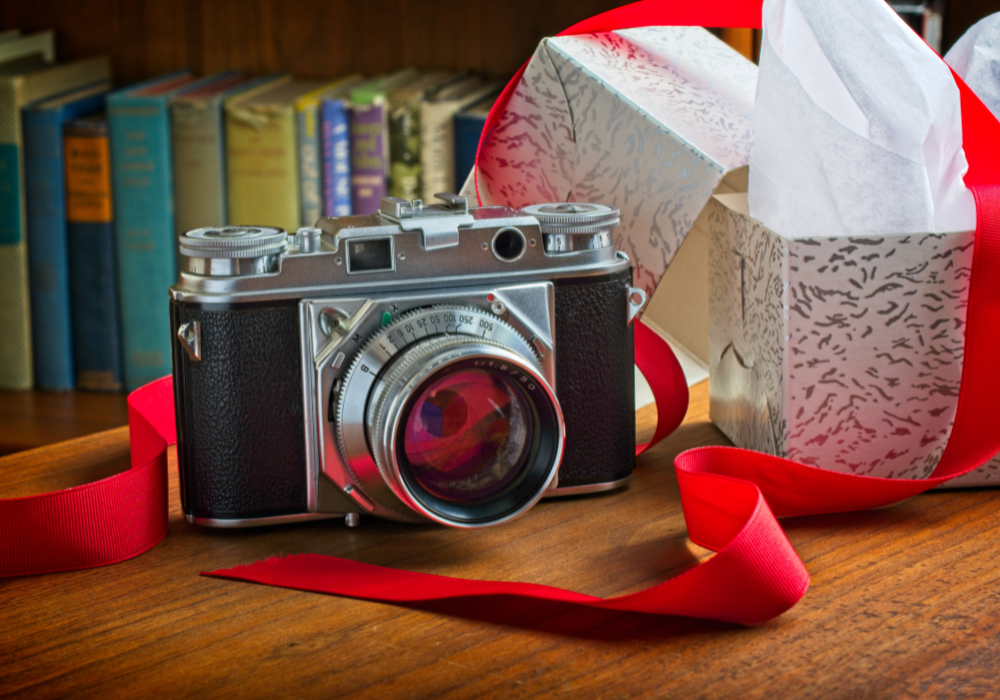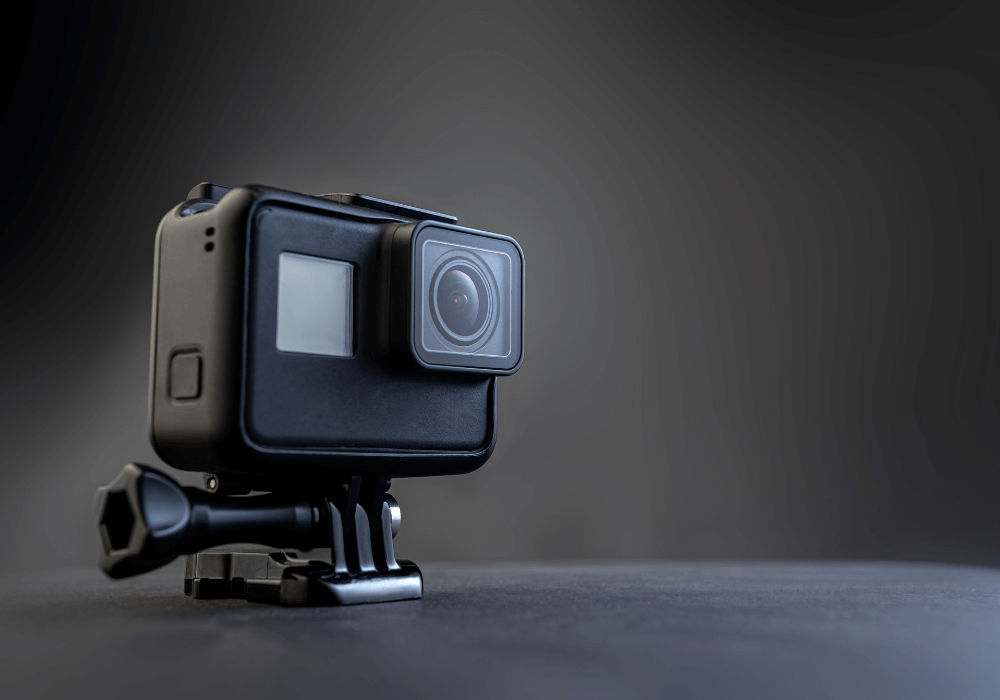To be able to capture beauty of the outdoors, one needs more than a creative eye, but it begins with possessing the appropriate gear. When you are just entering the industry and want to explore the wildlife, landscapes, or macro photography, then you must be in need of the best beginner camera for nature photography that meets the ease of use, quality of photographs, and cost considerations.
We will assist you in finding the best camera for nature photography as an entry-level photographer in this 2025 buying guide by Littpopo.com alongside a review of the most popular models and our own expert opinion about key features. And whether you are a hiker who wants to take pictures of mountain views or a bird watcher and want to freeze the action during the flight, this guide is made precisely to you.
The reason why you need a first nature camera

It is exciting to start in nature photography, but overwhelming when there are hundreds of choices of cameras. The beginners in photography are usually confused when deciding on whether to use DSLR cameras, mirrorless cameras or even the digital compacts.
An entry level nature camera is one that must accomplish three things effectively:
Take quality photos of sites and animals.
Be light and mobile to use outside.
Be simple to master and develop with as your talents increase.
At Littpopo.com we have tried a variety of entry level models and have filtered out the models that are simple to use and at the same time offer professional performance.
Best Beginner Nature Cameras Features to Be aware of
It is important to first understand what characteristics to look at when selecting the right camera to shoot nature before getting into the product recommendations:
Sensor Size
The dimension of the sensor of a camera defines the amount of detail that a camera can pick up, particularly in different lighting set-ups. Good places to start are APS-C and Micro Four Thirds sensors. They are cheaper than full-frame sensors but provide a high level of quality of images.
Autofocus & Burst Shooting
Wildlife and birds move fast. Principles that a good nature camera should possess include speedy and steady autofocus and capability to capture many frames per second to ensure that the action is not missed.
Image Stabilization
This comes in handy particularly when shooting is done on a hand and when there is a wind. Others have in body image stabilization (IBIS) and others have stabilized lenses.
Weather Sealing
Nature is unpredictable. Weather-sealed body also means that your camera can handle the slightest rain, dust, or cold — useful in outdoor photography.
Lens Compatibility
The type of camera that you use must be able to access many different lenses; wide angle shots in a landscape, telephoto shots of animals and macro shots of insects and flowers.
The Best Beginner Camera in Nature Photography - 2025 (List of Top Picks)
According to practical reviews and practical experiment, the following are the best available to novices to venture into nature photography:
Canon EOS R10 - The best all-around image mirrorless camera

The Canon EOS R10 is among the most user-friendly and the cheapest mirror-less cameras to enter the mirrorless world. It has a 24.2MP APS-C sensor, outstanding Dual Pixel Autofocus and 15 fps shooting speed. It is fast, touch-responsive and produces professional quality images without the training.
Why it's great for nature:
-
Small and lightweight to carry on a hike or traveling
-
Autofocus follows moving objects, birds
- The availability of Canon expanding RF lens series
Olympus OM-D E-M10 Mark IV - The most economical camera

The Micro Four Thirds mirrorless camera is ideal in nature photography and requires beginners to save weight and cost without affecting the performance. It has in-body image stabilization, a flip-down LCD screen and a resolution of 20MP.
Why it's a smart beginner pick:
-
Lightweight when used on long field activities
-
Handheld shots are sharped by stabilization
- One-second controls to the novice photographer
Nikon Z50 - Superior in Low Light and Landscape

The Nikon Z50 has one of the largest APS-C sensors and excellent low-light capability, making it ideal when it comes to shooting sunrise, shaded forest or wide-open landscapes. The quality of its building is long-lasting and the grip is comfortable even to the beginner photographer.
Why is it suitable to nature:
-
Excellent sensor performance
-
Weather-resistant construction
-
Large entry level mirror-less system that could be upgraded in the future
Sony Alpha a6100 - Best in the Class Autofocus

The real-time tracking autofocus is industry-leading — even at the entry. The a6100 employs AI to locate and track subjects such as birds and animals, thus it is one of the best beginner camera for nature photography in wildlife settings.
Why beginners love it:
-
4K video capability
-
Autofocus of wildlife photography on the eye of an animal
-
Portable and small size
Exclusive: Littpopo MicroCam X1 - Macro Nature photography

We do not just prescribe conventional cameras at Littpopo.com: we suggest innovative tools that may assist nature photographers to see more.
Littpopo MicroCam X1 is a digital microscope camera that attaches to your phone or laptop and is held in your hand. It has beautiful macro possibilities up to 400x and 4K image quality — this is ideal in examining the minute details of flowers, insects, leaves, etc.
Littpopo MicroCam X1 is used because an alternative is not possible:
-
See what the naked eye can't
-
Light and extremely portable
-
Perfect in the nature photographer who likes close-up work
Both shots of dew on a spider web and a pattern of the wing of a butterfly are merely a few clicks away once you have this tool in your repertoire of outdoor photography.
Tips of a beginner photographer of nature
When you have selected the best beginner camera for nature photography there are few tips that you can use to take advantage of it:
-
Shoot During Golden Hour: The first light of the day or the last light of the day produces soft shadows and rich colors which is ideal with landscapes and wild animals.
-
Work with Manual: Learn to adjust ISO, shutter speed and aperture to adjust to the changing light conditions.
-
Rule Be Patient: Nature does not hold still before the camera. Be patient, watch and see and wait till it is the right time.
- Carry Spare Batteries: There is no telling when the camera will run out of power when you venture into the outdoors, and you do not want to find yourself without any battery during a hike.
- Play with Composition: Be creative and make your images more interesting through leading lines, natural frames and depth.
Final Thoughts
To get into nature photography the completion of the journey begins by selecting the appropriate gear. Be it taking sweeping mountain scenery, small, fragile wild flowers or flying birds, the correct camera will add to your experience and your output.
To 2025, beginner-friendly options such as Canon EOS R10, Olympus OM-D E-M10 Mark IV, Nikon Z50 and Sony Alpha a6100 are good options and can help a beginner photographer achieve professional-level outcomes. And in case you can hardly get your camera close



